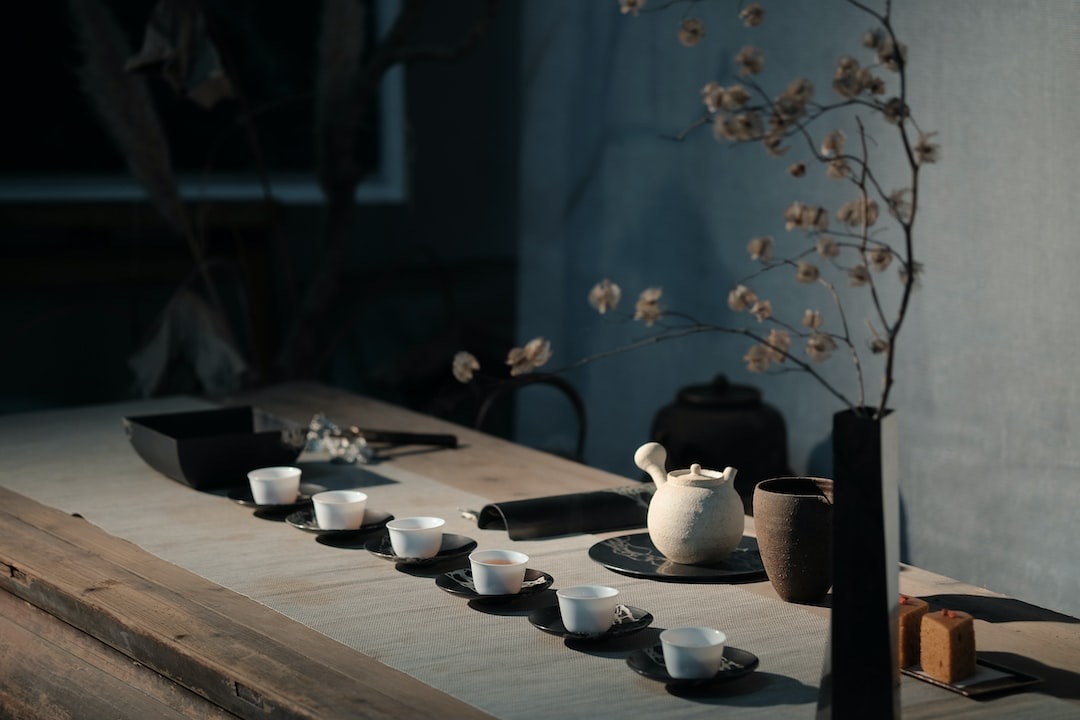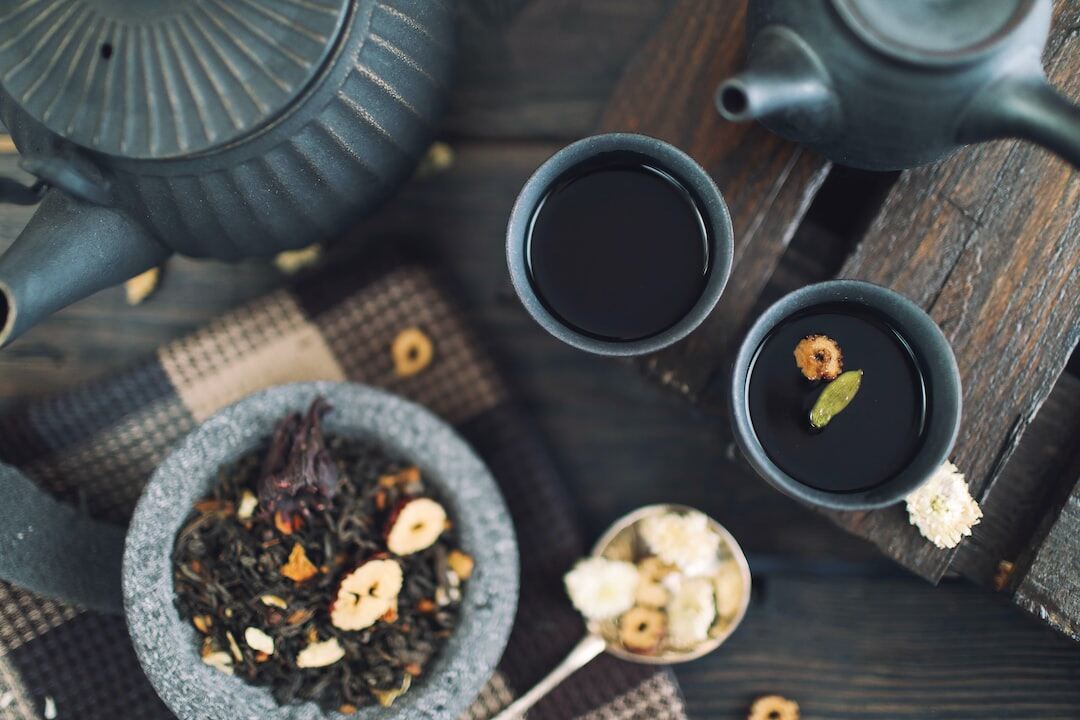Discovering the Wonders of Camellia Sinensis: The Plant That Gives Us Tea
Tea is one of the most beloved beverages in the world, enjoyed by millions of people every day. But have you ever wondered where tea comes from, and what makes it so special? The answer lies in the camellia sinensis plant, a remarkable shrub that has been cultivated for thousands of years for its leaves, which are used to produce different types of tea.
What is Camellia Sinensis?
Camellia sinensis is a member of the Theaceae family, and it is native to China and Southeast Asia. However, it is also grown in other regions, such as India, Sri Lanka, Kenya, and Argentina. The plant is an evergreen shrub that can grow up to 15 meters tall in the wild, but it is usually pruned to around 1-2 meters for easier harvesting in cultivation.
The Anatomy of Camellia Sinensis
The leaves of camellia sinensis are the part of the plant used to make tea. These leaves have a glossy, dark green color, and an elliptical shape with a pointed tip. The edges of the leaves are serrated, and the veins are visible on the underside. The size of the leaves varies depending on the cultivar and the age of the plant. Young leaves are smaller and more tender, while mature leaves are larger and tougher.
How Camellia Sinensis is Cultivated
Camellia sinensis is typically grown in acidic soil and requires a humid, subtropical climate to thrive. The plant can tolerate some frost and drought, but regular watering and fertilization are necessary. The growth habit of the plant is dense and compact, with multiple branches that can be pruned to encourage more leaf production.
The Chemical Composition of Camellia Sinensis
The unique flavor and aroma of tea are derived from the chemical composition of the camellia sinensis leaves. These leaves contain caffeine, theophylline, and theobromine, which are stimulants that affect the nervous system. They also contain polyphenols and catechins, which are antioxidants that have been linked to various health benefits. The type and amount of these compounds vary depending on the processing method and the cultivar of the plant.
The Many Types of Tea from Camellia Sinensis
There are many different types of tea that come from camellia sinensis leaves, each with its own unique flavor and aroma. Some of the most popular types include:
- Green Tea
- Black Tea
- Oolong Tea
- White Tea
- Pu-erh Tea
The processing method used to produce each type of tea can vary, resulting in different levels of oxidation and flavor. For example, green tea is minimally processed and has a light, refreshing taste, while black tea is fully oxidized and has a bold, robust flavor.
The Benefits of Drinking Tea
In addition to its delicious taste, drinking tea has been linked to numerous health benefits. Some studies suggest that tea consumption may reduce the risk of heart disease, stroke, and certain types of cancer. Tea is also known for its calming and soothing effects, making it a popular choice for relaxation and stress relief.
Conclusion
The camellia sinensis plant is truly a marvel of nature, providing us with the leaves that make some of the most beloved beverages in the world. Whether you prefer a cup of green tea, black tea, or something in between, there is a type of tea from camellia sinensis that is sure to delight your taste buds and nourish your body.
Growing Tea Plants from Cuttings: A Comprehensive Guide
Tea is one of the most popular beverages in the world, enjoyed by millions every day. But have you ever wondered how the tea plants are grown? One of the common methods used to propagate new tea plants is through cuttings. In this blog post, we will explore the process of growing tea plants from cuttings in detail.
Step 1: Collecting Cuttings
To begin the process of growing tea plants from cuttings, you need to select healthy branches from mature tea plants. The best time to collect cuttings is during the dormant period in winter. The cuttings should be about 4-6 inches long, with at least two nodes and some leaves attached. It’s important to use a sharp, clean tool to avoid damaging the cutting or transmitting diseases.
Step 2: Preparing the Cuttings
After the cuttings are collected, they can be dipped in rooting hormone to increase their chances of success. The cuttings are then planted in a well-draining soil mix, with the bottom node buried in the soil. The soil should be kept moist but not waterlogged, and the cuttings should be kept in a warm and humid environment, such as a greenhouse or under plastic cover.

Step 3: Rooting and Acclimation
After several weeks, new growth should appear from the nodes, which indicates that the cutting has successfully rooted. The young plants can then be gradually acclimated to outdoor conditions and transplanted into larger containers or the ground. It can take several years for the tea plants to mature and produce leaves that are suitable for harvesting.
Grafting for Disease Resistance and Adaptability
In addition to growing tea plants from cuttings, Camellia sinensis cuttings can also be grafted onto rootstock of other camellia species to improve their disease resistance or adaptability to certain climates. This technique is often used by tea farmers to ensure a healthy and productive crop.
Conclusion
Growing tea plants from cuttings is a fascinating process that requires patience and attention to detail. By following the steps outlined in this article, you can successfully propagate new tea plants and enjoy the fruits of your labor for years to come. Whether you are a tea enthusiast or a farmer looking to improve your crop, this technique is worth exploring.
Why Camellia Sinensis Cuttings are the Superior Method for Propagating Tea Plants
Are you a tea grower looking to expand your garden or replace aging plants? If so, you may want to consider using Camellia sinensis cuttings for propagating new tea plants. While there are several methods to choose from, including seeds and clones, using cuttings offers a range of benefits that make it the superior choice.
Genetic Identicality
One of the most significant advantages of using cuttings is that they produce plants that are genetically identical to the parent plant. This is crucial for maintaining the desired characteristics of the tea variety. By using cuttings, you can be sure that your new plants will have the same taste, aroma, and appearance as the parent plant.
Time and Resources
Growing tea plants from seeds can be a lengthy and unpredictable process that can take several years. Additionally, the quality of the tea produced by seed-grown plants may not be as high as that of the parent plant. By using cuttings, growers can bypass this process and save time and resources in selecting and cultivating new plants. Cuttings can also be taken from mature tea plants that have already proven to be successful in terms of yield and quality.
Desirable Traits
Using cuttings allows growers to take advantage of desirable traits that have been specifically bred into tea plants. For example, cuttings can be taken from healthy plants that have been bred for disease resistance or other desirable traits. This can help ensure the long-term health and productivity of the tea garden.
Cost-Effective
Finally, using cuttings can be a cost-effective way to expand a tea garden or replace aging plants. They require less time and resources to establish than starting from scratch with seeds or clones. This makes them an excellent option for tea growers who are looking to save money and maximize their resources.
In Conclusion
Overall, using Camellia sinensis cuttings is the superior method for propagating new tea plants. They offer several benefits over other methods, including genetic identicality, time and resource savings, access to desirable traits, and cost-effectiveness. If you’re a tea grower looking to expand your garden or replace aging plants, using cuttings is the way to go.
How to Get Your Hands on Camellia Sinensis Cuttings
Are you a tea lover looking to grow your own camellia sinensis plants? Or perhaps you’re a gardener seeking out a new challenge? Whatever your motivation, obtaining camellia sinensis cuttings is the first step in growing your own tea plants. But where can you find them?
Online Retailers
One of the easiest ways to purchase camellia sinensis cuttings is through online retailers. Popular online marketplaces such as Etsy, Amazon, and eBay offer a range of options from various sellers.
However, it’s important to be cautious when purchasing online. Look for reputable sellers with positive reviews and be wary of prices that seem too good to be true.
Local Nurseries and Garden Centers
If you prefer to see and touch the plants before purchasing, check with local nurseries and garden centers. Call ahead to see if they carry camellia sinensis plants or cuttings in stock.
Supporting local businesses not only benefits the community but also allows you to ask questions and receive advice from knowledgeable staff.
Tea Farms or Gardens
If you’re lucky enough to live near a tea farm or garden, it’s worth checking if they sell camellia sinensis cuttings or plants. Do some research to see if there are any in your area.
Visiting a tea farm or garden can also be a fun and educational experience. You may even learn some tips and tricks on growing and harvesting your own tea leaves.
Friends and Family
If you have friends or family who already have camellia sinensis plants, ask if they would be willing to share cuttings with you. This is a great way to obtain cuttings from a trusted source and may even lead to a fun tea-growing hobby to share together.
Quality Matters
When obtaining camellia sinensis cuttings, it’s important to note that not all plants are created equal. Look for reputable sources that provide information on the specific cultivar or variety of the plant to ensure you are getting a high-quality cutting.
With a little effort and research, obtaining camellia sinensis cuttings can be a fun and rewarding experience. Happy tea growing!


Leave a Reply